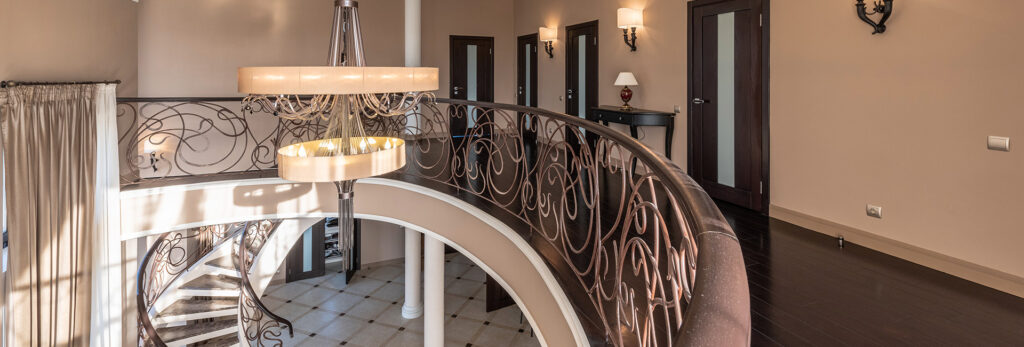Here’s a Quick Way to know everything about architectural lighting

Architectural lighting is an essential component of any building design and can greatly enhance the visual appeal and functionality of a space. It involves the use of lighting fixtures and techniques to illuminate the interior and exterior of a building. As well as to create an ambiance that is appropriate for the intended use of the space. In this article, we will take a closer look at the importance of architectural lighting and provide some best practices to consider when planning that sort of project.
Why is Architectural Lighting Important?
This concept is important for several reasons. Firstly, it helps to create an ambiance that is appropriate for the intended use of the space. For example, soft and warm lighting is ideal for a residential space, while bright and cool lighting is more appropriate for a commercial space. Secondly, It can also be used to highlight specific areas of a space, such as a work of art or architectural feature. Finally, That can be used to create a visually stunning and memorable experience for those who enter a space.
Factors to Consider When Planning an Architectural Lighting Project
When planning an architectural lighting project, there are several important factors to consider. These include:
Purpose: The purpose of the architectural lighting should be taken into consideration when planning the project. For example, if the primary purpose of the lighting is to create an ambiance, then the lighting should be positioned. In such a way that it sets the mood for the space. On the other hand, if the purpose of the lighting is to highlight specific areas of the space, then the lighting should be positioned in such a way that it accentuates these areas.
Type of Space: The type of space being illuminated is also an important factor to consider when planning an architectural lighting project. Different spaces will have different lighting requirements, so it’s important to take this into consideration when planning the project.
Type of Lighting: The type of lighting to be used is also an important factor to consider when planning an architectural lighting project. There are many different types of lighting available, including LED lighting, low-voltage lighting, and wireless lighting.
Energy Efficiency: Energy efficiency is a key consideration in any architectural lighting project. LED lighting is often a good choice as it is energy-efficient, long-lasting, and durable.
Cost: Cost is also an important factor to consider when planning such a project. The cost can vary greatly depending on the type of lighting used and the size of the space.
Safety: Safety is another important factor to consider when planning an architectural lighting project. The lighting should be positioned in such a way that it does not pose a safety hazard to those in the space.
Examples of Effective Architectural Lighting Projects
There are many examples of effective architectural lighting projects. One of the most successful is the use of LED lighting in commercial spaces such as office buildings and retail stores. In these spaces, LED lighting is used to provide bright and energy-efficient lighting that is easy to maintain. This has resulted in improved safety and security, as well as an enhanced experience for those who enter the space.
Another example of effective architectural lighting is the use of low-voltage in residential spaces such as homes and apartments. Low-voltage lighting is a great choice for residential spaces because it is energy-efficient, low-maintenance, and easy to install. With low-voltage lighting, homeowners can create a warm and inviting atmosphere without having to worry about high energy costs.
Related Articles
https://bizmaster.lk/lighting/landscape-lighting-projects/
.



